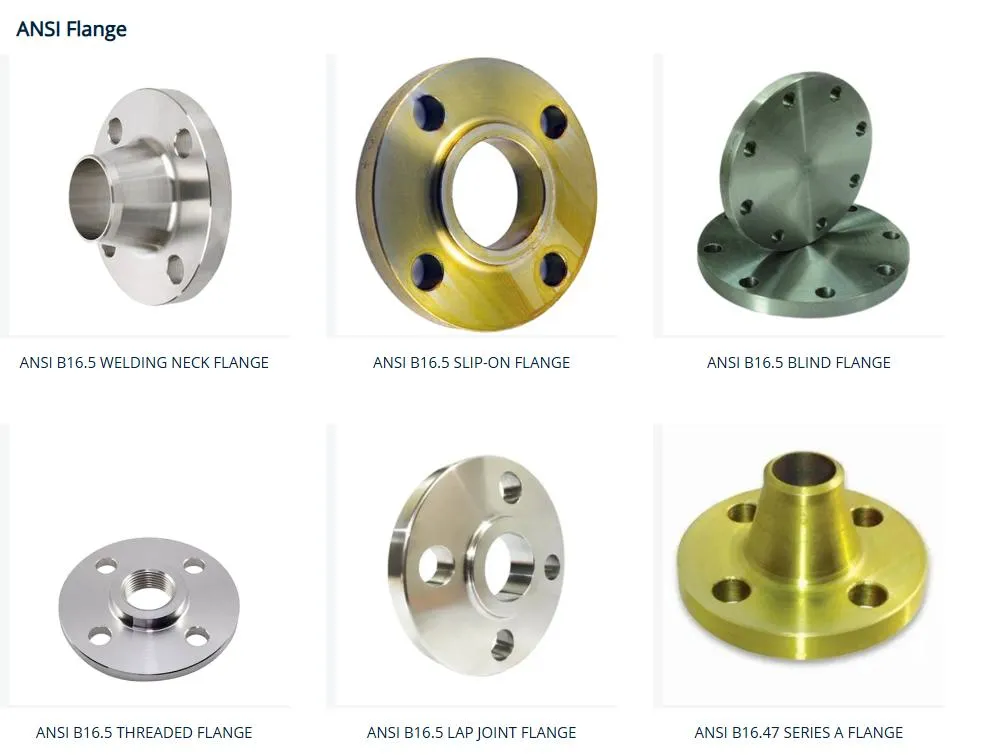-
Cangzhou Yulong Steel Co., Ltd.
-
Phone:
+86 13303177267 -
Email:
admin@ylsteelfittings.com
- English
- Arabic
- Italian
- Spanish
- Portuguese
- German
- kazakh
- Persian
- Greek
- French
- Russian
- Polish
- Thai
- Indonesian
- Vietnamese
- Zulu
- Korean
- Uzbek
- Hindi
- Serbian
- Malay
- Ukrainian
- Gujarati
- Haitian Creole
- hausa
- hawaiian
- Hebrew
- Miao
- Hungarian
- Icelandic
- igbo
- irish
- Japanese
- Javanese
- Kannada
- Khmer
- Rwandese
- Afrikaans
- Albanian
- Amharic
- Armenian
- Azerbaijani
- Basque
- Belarusian
- Bengali
- Bosnian
- Bulgarian
- Catalan
- Cebuano
- China
- China (Taiwan)
- Corsican
- Croatian
- Czech
- Danish
- Esperanto
- Estonian
- Finnish
- Frisian
- Galician
- Georgian
- Kurdish
- Kyrgyz
- Lao
- Latin
- Latvian
- Lithuanian
- Luxembourgish
- Macedonian
- Malgashi
- Malayalam
- Maltese
- Maori
- Marathi
- Mongolian
- Myanmar
- Nepali
- Norwegian
- Norwegian
- Occitan
- Pashto
- Dutch
- Punjabi
- Romanian
- Samoan
- Scottish Gaelic
- Sesotho
- Shona
- Sindhi
- Sinhala
- Slovak
- Slovenian
- Somali
- Sundanese
- Swahili
- Swedish
- Tagalog
- Tajik
- Tamil
- Tatar
- Telugu
- Turkish
- Turkmen
- Urdu
- Uighur
- Welsh
- Bantu
- Yiddish
- Yoruba

Nov . 27, 2024 19:36 Back to list
150mm 90 Degree Elbow Specifications for Plumbing and Piping Applications
Understanding the 150mm 90 Degree Elbow A Key Component in Piping Systems
In various industrial and engineering applications, the efficiency and reliability of fluid transport systems are critically dependent on the components used in piping. Among these components, the 150mm 90 degree elbow holds a vital position. This article explores the significance, applications, and specifications of the 150mm 90 degree elbow, highlighting its role in optimizing fluid flow.
What is a 150mm 90 Degree Elbow?
A 150mm 90 degree elbow is a type of pipe fitting that changes the direction of fluid flow within a piping system by 90 degrees. The “150mm” designation refers to the nominal diameter of the pipe, indicating that the elbow is designed for pipes with a 150mm diameter. Elbows are fundamental components in plumbing, heating, cooling, and various manufacturing processes where the transport of liquids or gases is required.
Material Composition
The material used for manufacturing a 150mm 90 degree elbow significantly influences its performance and suitability for specific applications. Common materials include
- Carbon Steel Known for its durability and strength, carbon steel elbows are often used in industrial applications involving high pressures and temperatures. - Stainless Steel Due to its corrosion resistance, stainless steel elbows are commonly found in food processing, pharmaceutical, and marine applications.
- PVC and CPVC These thermoplastics are lightweight and resistant to corrosive chemicals, making them ideal for residential plumbing and chemical processing.
Selecting the right material based on the operating environment is crucial for ensuring longevity and operational efficiency.
Applications
The 150mm 90 degree elbow is widely used across various industries, including
150mm 90 degree elbow

1. Water Supply Systems In municipal water supply and irrigation systems, these elbows facilitate changes in direction while minimizing turbulence.
2. HVAC Systems In heating, ventilation, and air conditioning systems, they are used to redirect airflow, ensuring efficient climate control in buildings.
3. Chemical Processing In chemical plants, the elbows enable the safe transfer of corrosive and non-corrosive fluids, maintaining the integrity of the piping system.
4. Oil and Gas In the oil and gas industry, they are used in pipelines that transport crude oil, natural gas, and other materials.
The versatility of the 150mm 90 degree elbow makes it a preferred choice in many engineering designs.
Installation and Maintenance
Proper installation of a 150mm 90 degree elbow is crucial to prevent leaks and ensure smooth flow. It is essential to ensure that the elbow is aligned accurately with the connecting pipes. Using appropriate joining methods, such as welding for metal elbows or solvent welding for plastic variants, ensures a secure and leak-proof connection.
Regular maintenance checks should be performed to inspect for signs of wear, corrosion, or damage. Timely replacement of elbows can prevent costly downtime and ensure the integrity of the entire piping system.
Conclusion
The 150mm 90 degree elbow is an indispensable component in modern piping systems. Its ability to efficiently redirect flow while maintaining pressure and minimizing turbulence makes it vital across a multitude of industries. By understanding its specifications, applications, and the importance of correct installation and maintenance, engineers and technicians can ensure optimal performance of their piping systems. Whether in industrial settings or residential plumbing, the 150mm 90 degree elbow remains a cornerstone of effective fluid transport solutions.
Latest news
-
ANSI 150P SS304 SO FLANGE
NewsFeb.14,2025
-
ASTM A333GR6 STEEL PIPE
NewsJan.20,2025
-
ANSI B16.5 WELDING NECK FLANGE
NewsJan.15,2026
-
ANSI B16.5 SLIP-ON FLANGE
NewsApr.19,2024
-
DIN86044 PLATE FLANGE
NewsApr.19,2024
-
DIN2527 BLIND FLANGE
NewsApr.12,2024
-
JIS B2311 Butt-Welding Fittings LR/SR 45°/90° /180°Seamless/Weld
NewsApr.23,2024
-
DIN2605-2617 Butt-Welding Fittings LR/SR 45°/90°/180° Seamless/Weld
NewsApr.23,2024











